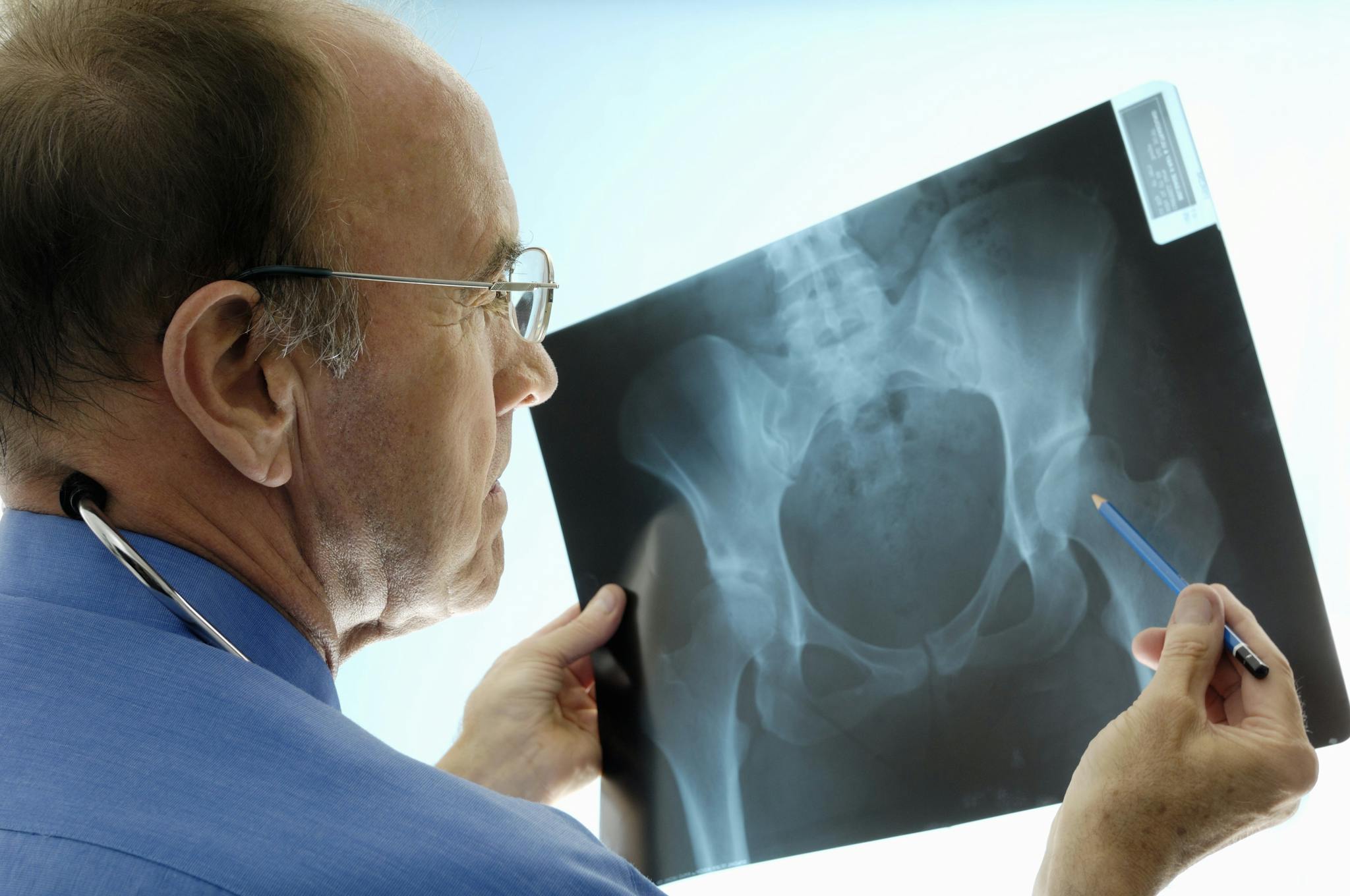As a big part of the body’s movement system, the hip deals with some of the most wear and tear of any area of the body. The hip is a ball-and-socket joint designed to allow movement in a wide range of directions supported by padded cartilage. Over time, however, it’s not uncommon for this protective padding to wear down and weaken the hip.
If hip conditions become serious enough, a common solution is hip replacement surgery, or total hip arthroplasty. In this surgery, a surgeon takes out sections of damaged hip joints and replaces them with man-made parts. The artificial hip joint, called prosthesis, is usually made of a combination of metal and strong plastic.
In most cases of hip pain, doctors recommended more conservative forms of treatment, including methods of strengthening and protecting the joints, before deciding on hip surgery. However, if conservative treatments don’t produce good results, surgery is often the only option to relieve pain and correct the hip problems.
Why Hip Surgery?
There are three common conditions that can be serious enough to require hip surgery:
- 1. Osteoarthritis: This type of arthritis is caused by extreme wear and tear over time. Osteoarthritis damages the cartilage that covers hip bones and allows the hip to move without friction.
- 2. Osteonecrosis: Osteonecrosis occurs when there isn’t enough blood reaching the ball socket in the hip, causing the bone to collapse or lose its shape.
- 3. Rheumatoid arthritis: When the immune system overreacts, it causes inflammation that damages the bone and joints in the hip.
There may be times where more conservative forms of treatment will manage symptoms of these conditions. But if pain is extreme despite treatment methods like medications, or if it interferes with daily life, speak to your doctor about surgery.
Preparation
If your doctor determines that you need hip surgery, you will need to prepare both physically and mentally.
Physical Preparation:
- Physical exam: Your surgeon will look at medical history and medications.
- Hip exam: This will determine where in the hip the problem exists.
- Order tests: These usually blood tests, an X-ray, and sometimes MRI.
- Exercise: If possible, exercising and building your strength before the time of surgery can make recovery quicker and more convenient.
- Physical therapy: Many people choose to meet with a physical therapist before surgery to prepare for the post-operation process.
- Test walking aids: If you will be needing crutches or a walker after surgery, getting used to them in advance can help you be more comfortable.
Mental Preparation:
- Learn: The more you know about the surgery you’re about to have, the better. This includes asking your doctor or surgeon any questions you may have.
- Family help: You’ll need some assistance during the recovery period, and family or close friends can be great support systems.
- Work: You will miss some work time. Those in a field where they’re on your feet or doing manual labor often need more time before returning to work. Make sure you organize this in advance.
- Home improvements: Think about which tasks are going to be tougher after surgery, and arrange your house to make things easier on yourself. Anything that limits how much you’ll have to move around is generally good.
Recovery
There are a few normal procedures you’ll experience after your hip surgery is complete:
- Blood clot prevention: Using a combination of movement, pressure and blood thinners, your doctor will help you fight the increased risk of blood clots in your legs after surgery.
- Physical therapy: Perform strengthening exercises will help get you back to full strength.
- Follow-up: Between six and eight weeks after surgery, check up with your provider to evaluate.
Risks
There are a few risks with surgery, though most of them are rare:
- Infection
- Fracture: These are often so small that they heal on their own
- Dislocation
- Blood clots
- Loosening: If replacement implants aren’t attached solidly, your new joint can loosen.
- Leg length: In rare cases, one leg may become longer or shorter than the other. Sometimes this can be reversed by stretching and strength work during physical therapy.
If you’re experiencing extreme hip pain, contact your doctor. They can help suggest less invasive treatments, or recommend the right procedures if you need them.
Dr. Carlson tends to be conservative with surgical treatment, and much of his training is in minimally-invasive procedures, such as arthroscopy. He believes everyone deserves a trial of a more conservative treatment before moving to more invasive treatments such as surgery. Dr. Carlson tries to spend time with patients to better understand their goals and work together to come up with a treatment plan based on those goals and their distinct medical history.
Sources:
“Hip replacement.” The Mayo Clinic. http://www.mayoclinic.org/tests-procedures/hip-replacement-surgery/basics/definition/prc-20019151
“How to Prepare for Hip Replacement Surgery.” WebMD. http://www.webmd.com/osteoarthritis/prepare-hip-replacement#1






